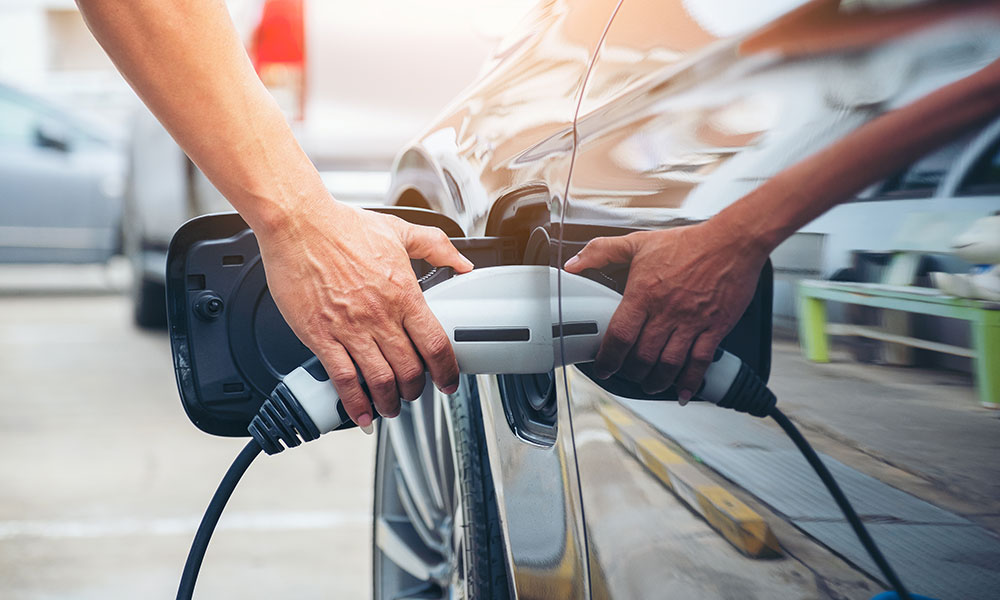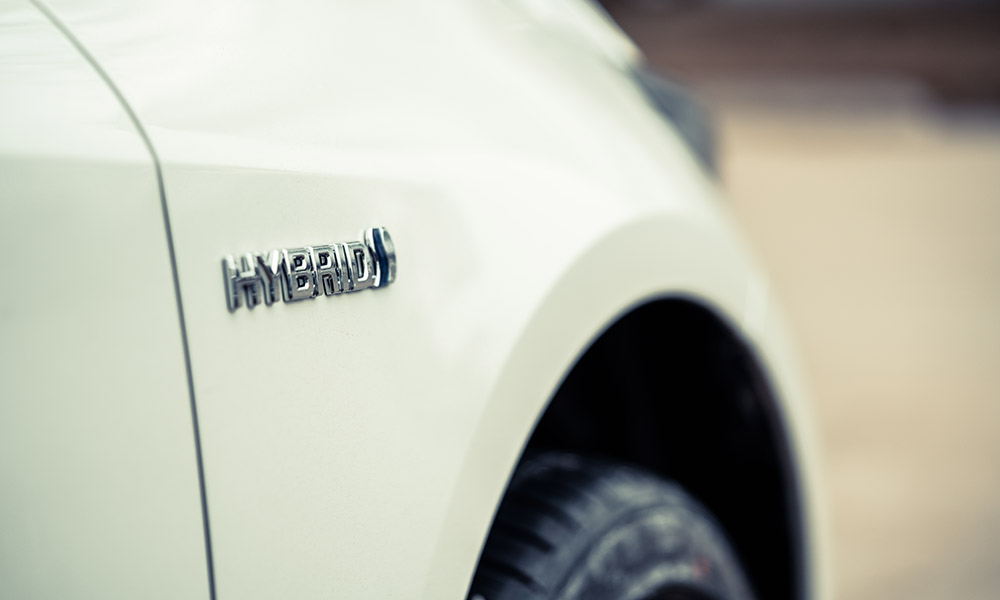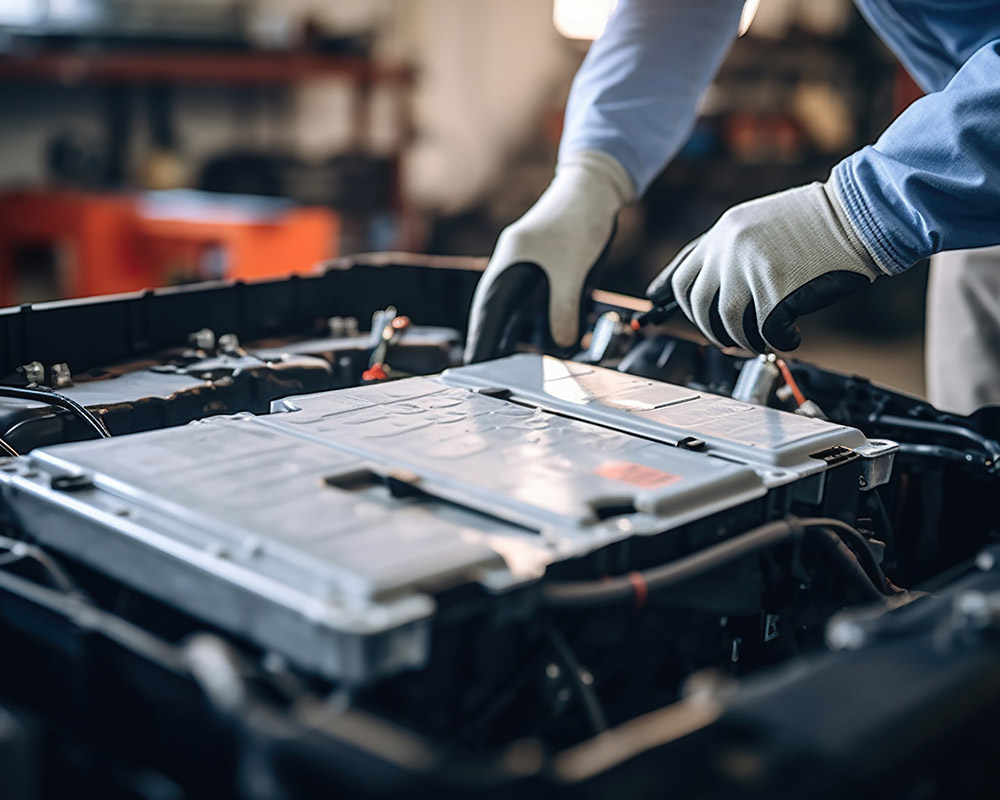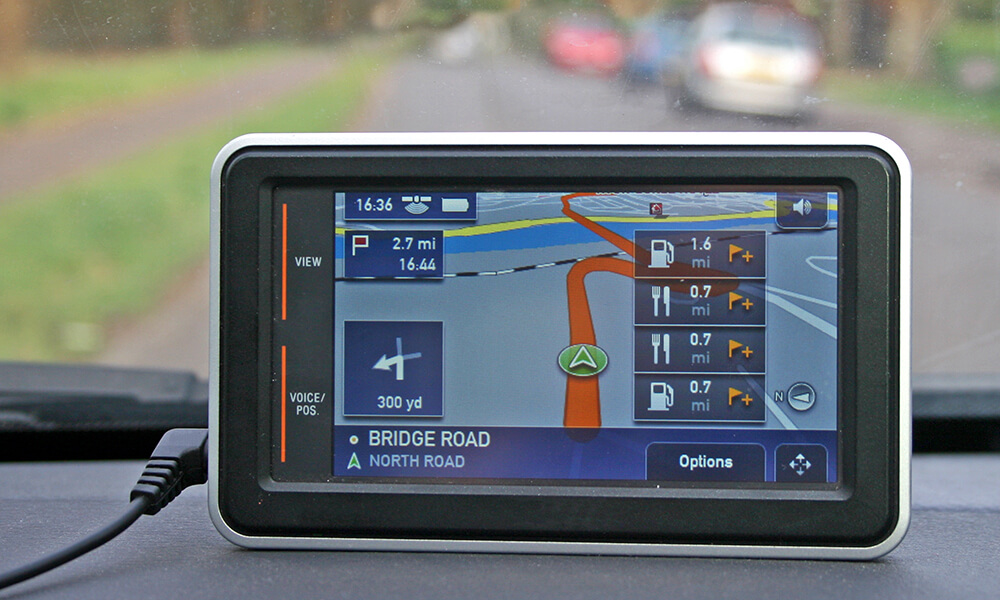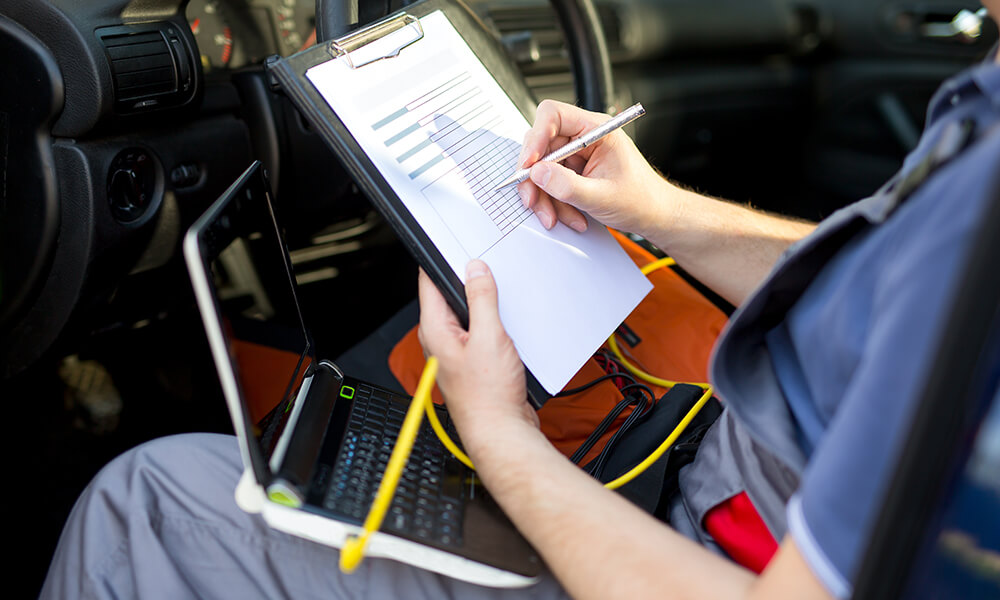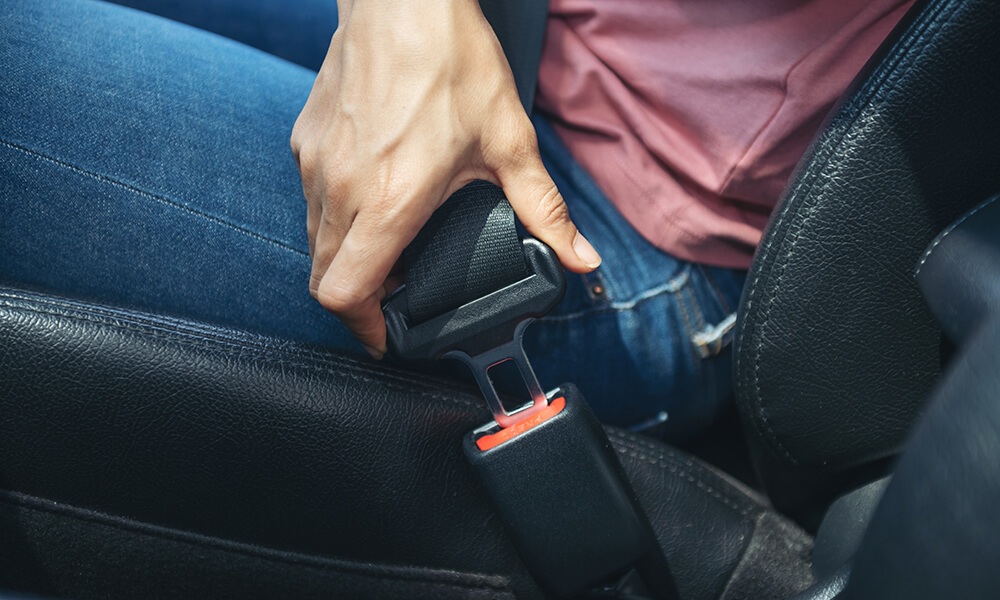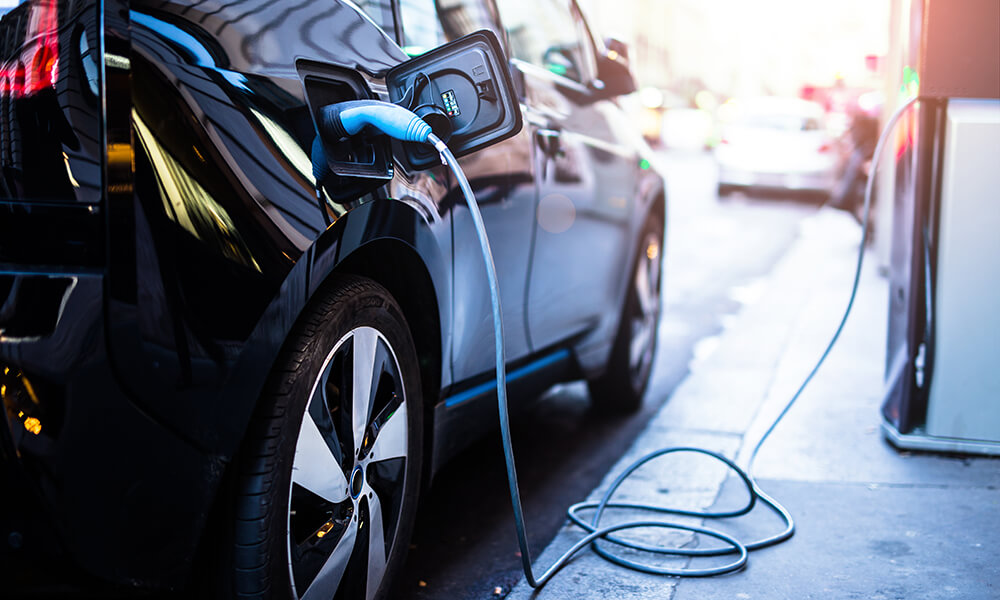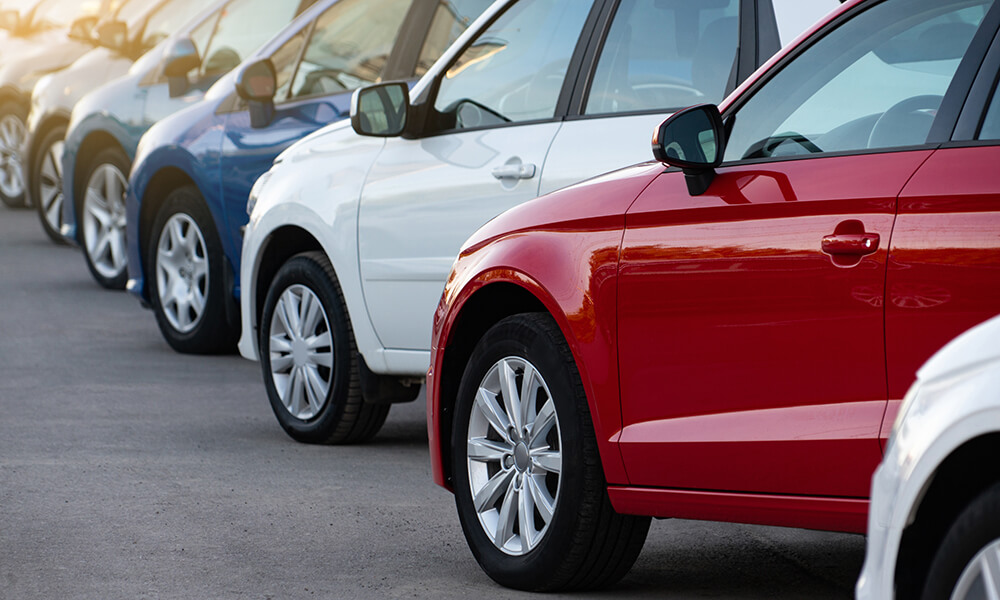The Ultimate Car Tyre Guide

It’s no secret that tyres are an essential component of a car, but like all core components, they require regular maintenance and management because they’re so integral to the vehicle. However, if you don’t know what you’re looking for, checking your tyres can be a fruitless exercise.
Likewise, knowing what to pick or what’s best for you can be tricky if you want to adjust or change your tyres. Below, we outline what to look for and discuss some of the tyre options that could benefit you and your vehicle.
Tyre Tread
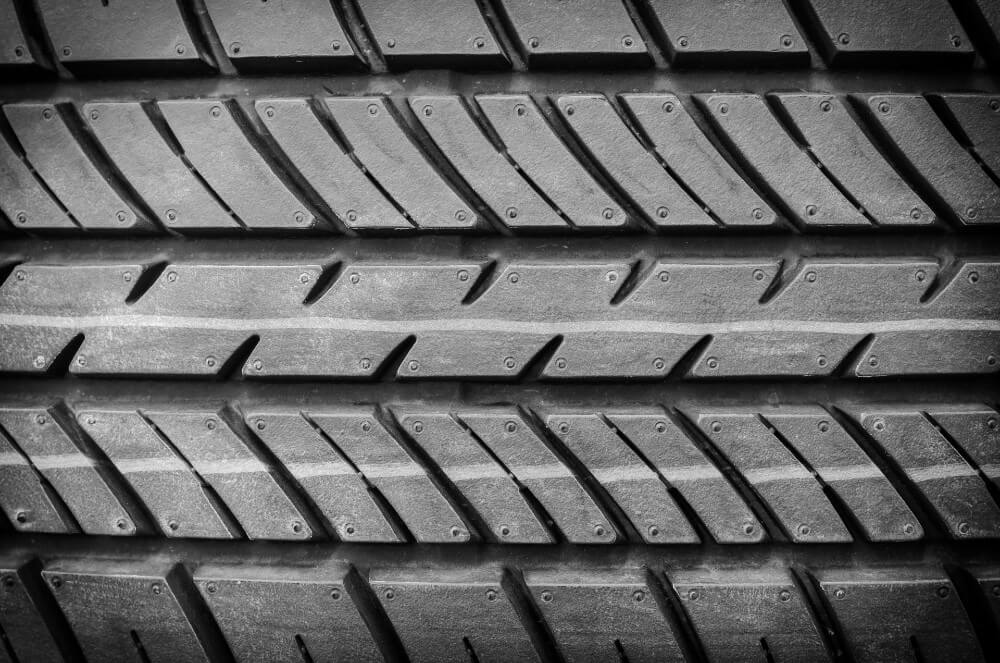
Driving on tyres with insufficient tread depth can be a costly decision. While replacing a complete set of tyres isn’t cheap, the cost for a well-worn tyre is a £2,500 fine and three points on your licence. That means if all four tyres are below the limit, you could face a £10,000 fine and potentially lose your licence.
The depth of a legal tyre tread across the UK and Europe is 1.6mm on the central three-quarters of the tyre. This tyre tread depth has to be maintained throughout the entire circumference, meaning there should be no bald patches on the tyre.
While the legal tread has to be a minimum of 1.6mm, most experts and garages, us included, would recommend a minimum tyre tread of 3mm. Once tread depth drops below this, braking distances are seriously affected; the difference between a 3mm and a 1.6mm tyre shows a reduced stopping distance of 44%.
As well as providing extra grip on the road, the tyre tread will contribute to dispelling water on the road and preventing aquaplaning. So less depth means less water moved, and therefore, less grip.
One of the easiest ways to check your tyre tread depth is with a 20p coin. Simply place the coin in the grooves of the tyre, and if you can see the outer band of the coin, your tyres are below the limit and will need to be looked at by a professional.
What should my tyre pressure be?
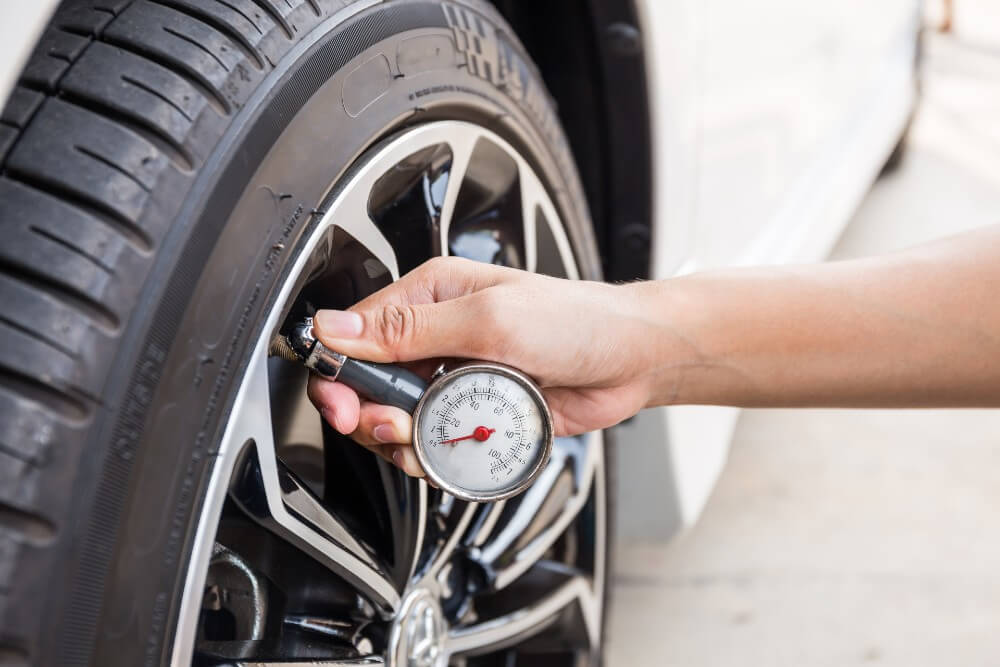
Tyre pressure can make all the difference between keeping your tyres in good condition and getting the most out of your fuel. Like most car elements, there are general rules to follow, but the specifics are dependent on the make and model of the vehicle. Your vehicle will have a recommended tyre pressure (measured in pounds per square inch, or PSI, and BAR) that correlates to the size of your wheels and the weight of the car’s body.
Finding the recommended PSI or BAR of your tyres can be done by leafing through your vehicle’s handbook. Alternatively, most cars have the pressures stamped in the sill of the driver’s door and sometimes inside the fuel cap.
If you use your vehicle to carry a lot of weight, it’s best to check the vehicle handbook for the correct laden pressure to ensure your tyre pressure is adjusted to the vehicle’s needs.
While it’s essential to check for yourself, most passenger cars will recommend 32 to 35psi (or 2.2 to 2.4 BAR) when they’re cold. The reasoning behind checking tyre pressure when they’re cold is that when tyres roll along the road, the friction generated creates heat which raises the temperature of the tyre and the air pressure inside. By checking the pressure when the tyres are cold, for example, when parked for a few hours or left overnight, you can achieve a consistent and accurate reading. But how do you check the tyre pressure of your vehicle?
If you find the tyres on your vehicle don’t match the recommended sizes in your handbook, it’s best to bring your car to the nearest Vasstech garage to make sure it isn’t going to cause any problems. Tyres that are too tall can cause rubbing and even make the car more prone to severe accidents such as rolling.
How to check your tyre pressure
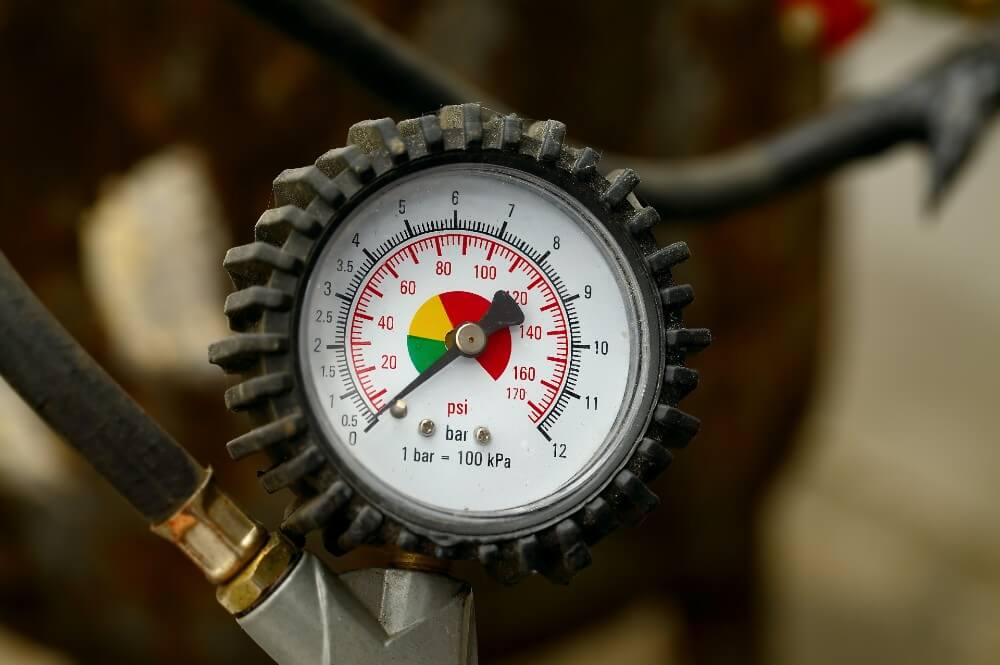
The easiest way to check your tyre pressure is to buy a tyre pressure gauge, something you can easily find online or in most shops that sell motoring goods. If you’re on the road and don’t have a pressure gauge with you, but you need to check the pressure of your tyres, most petrol stations will have one you can use. Likewise, any garage, including Vasstech’s, will be able to tell you the pressure of your tyres.
Using a pressure gauge is as easy as removing the dust cap from your tyre and affixing the gauge to the valve. Ensure the gauge is attached securely and evenly, and if you’re checking more than one tyre, it may be easier to write down the PSI/BAR of each tyre rather than remember them all. Likewise, don’t forget to replace the dust cap after checking!
If you’re wondering how often you should check your tyre pressure, checking regularly is important, especially in warmer months when air is more likely to escape the tyres. Once a month is best, and again before long journeys or if the vehicle weight has considerably increased or decreased.
If you don’t want to check your tyres manually, some cars come with a tyre pressure monitoring system or TPMS, a device that lets the driver know when the pressure dips below a certain level. They can be used to show if tyres are leaking air frequently, whether it’s through a slow puncture or another air leak, but how do tyre pressure sensors work?
Tyre Pressure Monitoring Systems
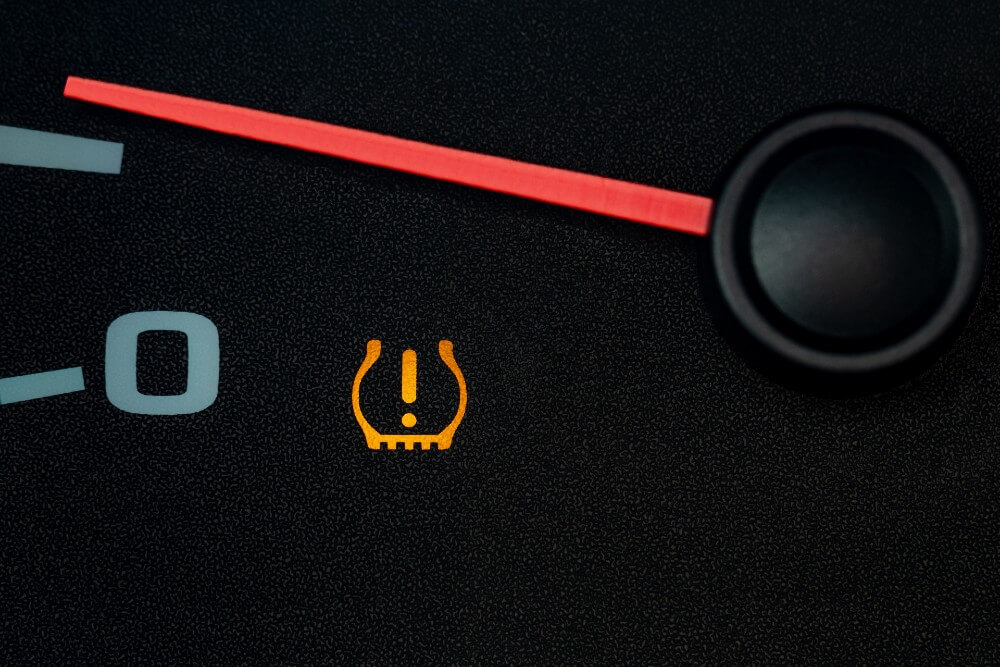
There are two different types of TPMS’s, direct and indirect. Both work well, but direct TPMS’s are more reliable, using pressure sensors found in the tyre to monitor the pressure within the tyre. Due to their location, they can track exact pressures, making them an accurate and popular choice. A warning is sent to the dashboard to alert the driver if the pressure drops below a set parameter, typically more than 25%.
Powered by a battery, the main complication you have to look out for in a direct TPMS is battery failure, and unfortunately, replacing them can be a little difficult as they’re sealed into the tyre.
Indirect TPMS’s on the other hand, don’t rely on their own sensor but cleverly use one that’s inside the wheel of the vehicle, typically the sensor you’d find in the anti-lock braking system. A tyre that’s underinflated will have a smaller radius than one that’s properly inflated, so by tracking tyres as they rotate, the indirect TPMS can spot the irregularity, something which may indicate it could need more pressure.
Check your vehicle handbook for the correct way to turn off the warning light once you’ve reinflated your tyres to the correct pressure. Some cars use the controls behind the steering wheel, some have a button within the glove compartment, but this is achievable on your own with most vehicles. A five-minute check in your handbook will reveal how to reset your tyre indicator warning light – or you can bring it in to see us!
The effects of under or over-inflating your tyres
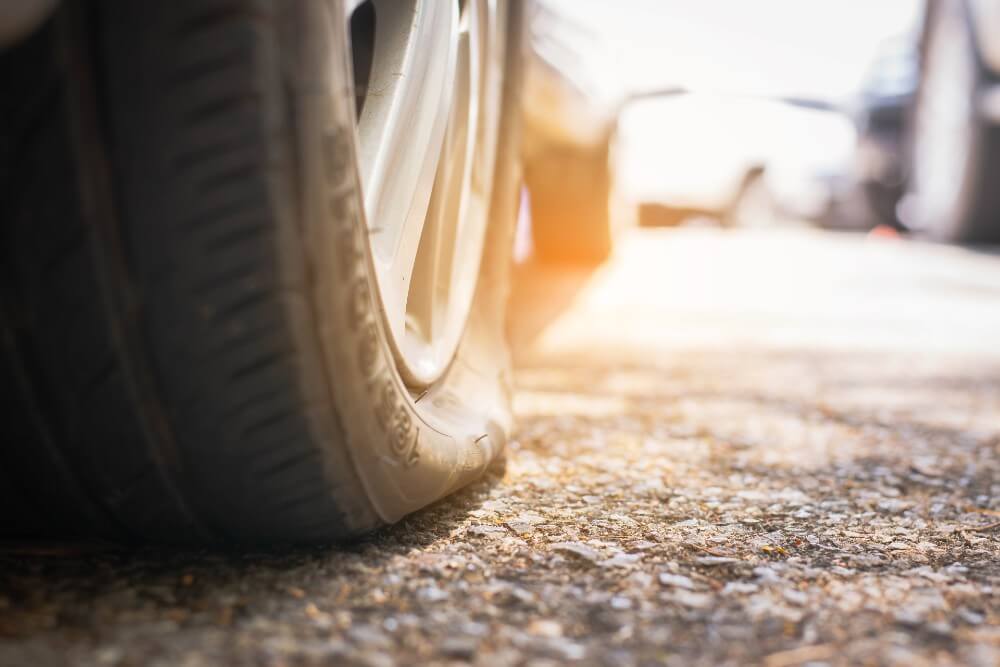
Ensuring your tyres are correctly inflated is an integral part of the tyre and overall car maintenance, helping your tyres last longer, improving your vehicle’s safety and fuel efficiency.
If your tyres are underinflated, that is to say, they have less air inside them than is recommended, they will have uneven contact with the road and could eventually begin to wear down unevenly. This means they’ll demonstrate excessive wear and tear on the inside and outside edges of the tyre but would leave the middle relatively untouched.
Uneven tyres aren’t the only complication from underinflated tyres; an increased rolling resistance means you can experience reduced fuel efficiency but increased CO2 emissions.
However, if you’re overinflating your tyres, the complications can be just as costly and detrimental to your tyres. With less surface area actually in contact with the road, there can be a loss of traction and reduced braking distances. As you might expect, overinflated tyres also wear down unevenly; in fact, they wear down inversely to underinflated tyres, meaning the middle will wear unevenly when compared to the outside.



